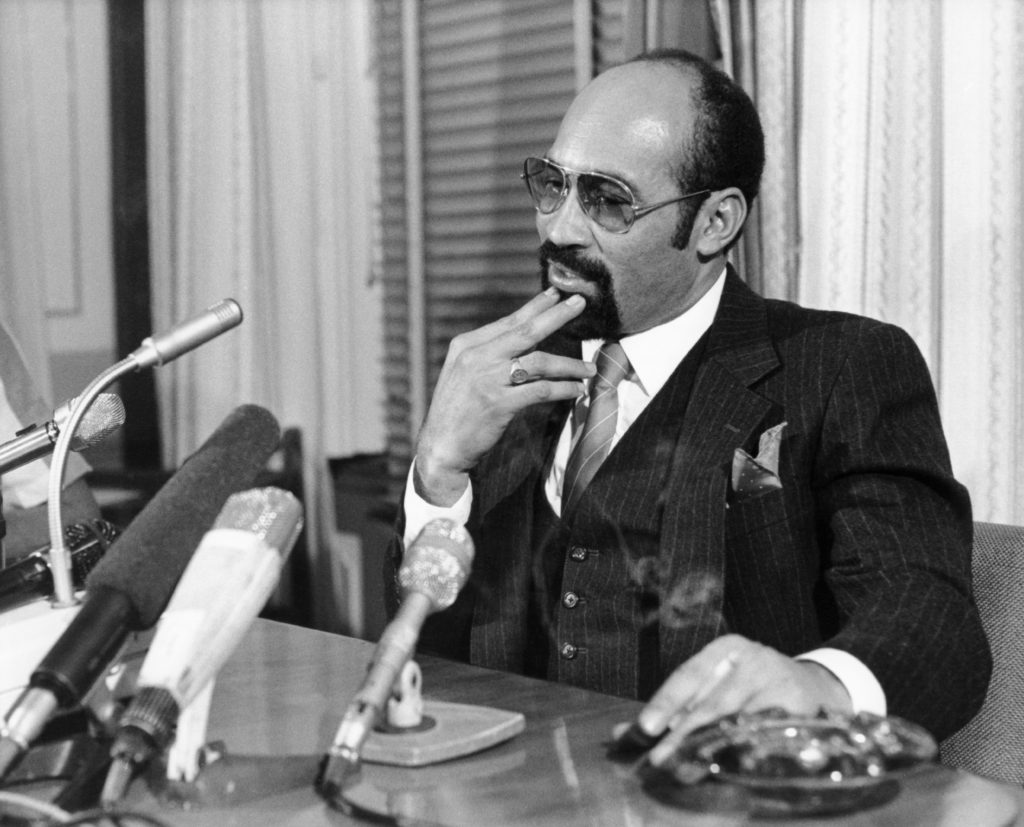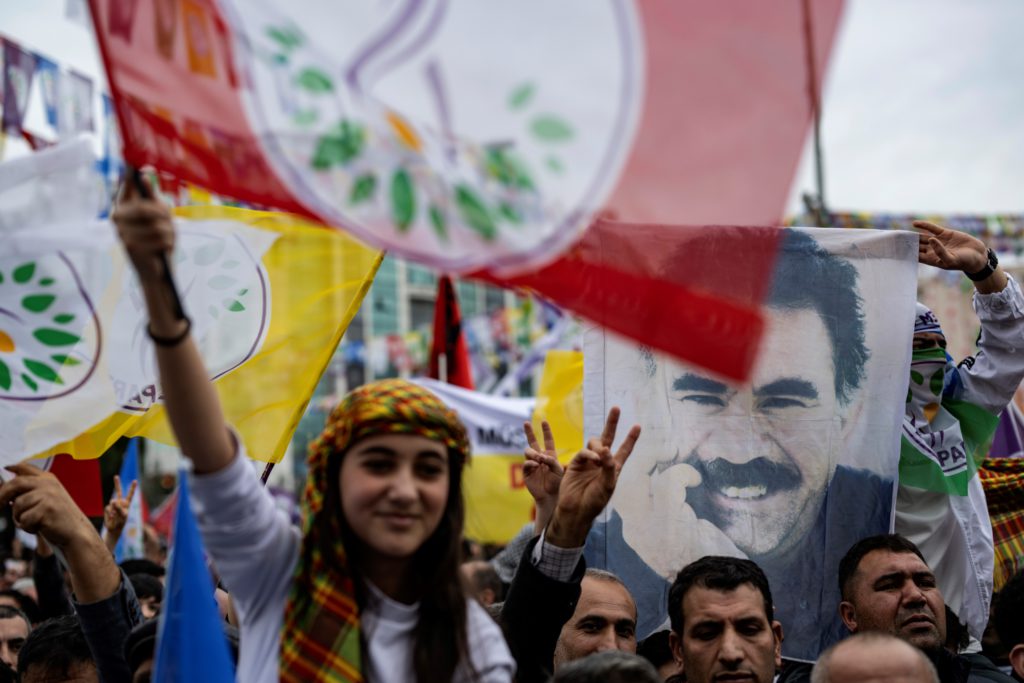Standing on the heap of mud and rubble that used to be his sister’s house, Anderson Mota Barreiros joins the small army of volunteers shoveling through the muck for their missing loved ones after deadly landslides hit the scenic Brazilian city of Petropolis.
“My sister and her family are still missing. This is where her house was,” says Barreiros, 37, standing in the poor hillside neighborhood of Alto da Serra.
Like him, many civilians jumped into the flood waters and mud as the disaster unfolded Tuesday night, and have been searching for their family, friends and neighbors ever since.
There is bitter anger for many in Alto da Serra over the tragedy and the time it is taking for official rescue operations to find the missing.
Barreiros searched all day Wednesday, in the first hours after torrential rains triggered flash floods and landslides that killed more than 100 people — a death toll that has been steadily rising.
After an agonizing night, he returned at 5:00 am Thursday to pick up where he left off, helped by friends.
“There’s nobody here” to help, Barreiros told AFP.
“I haven’t seen any firefighters, any rescue workers to help me. But we’re not going to give up. With or without help, we’re going to continue.”
As the search geared up again Thursday morning, frustrated residents compared notes on which homes and businesses vanished and whether there was news of the people they knew inside.
Often, there was not.
The number of people still missing is hazy. Many may be among the scores of bodies that have yet to be identified, authorities say.
Twenty-four people were rescued from the mud and rubble, mostly in the first hours after the disaster.
Hope of finding any more alive is growing slim.
– ‘Nothing but mud’ –
Covered in mud, holding a shovel in one hand and a spade in the other, market vendor 26-year-old Luciano Goncalves has been working as a volunteer rescuer.
He helped save a man inside a car that was being swept away in the flood waters early on, but he does not think any more survivors will be found at this point.
“Unfortunately, it looks practically impossible,” he says, a pained look on his face.
Goncalves, who grew up in Alto da Serra, says he lost many friends in the tragedy.
The remains of the buildings where he and his fellow volunteers are now digging are “filled with nothing but mud,” leaving little chance of air pockets where survivors could be alive, he says.
“But we’re going to keep searching, to at least be able to give the bodies to the families so they can bury them and have that comfort.”
Hundreds of soldiers and rescue workers have now arrived on the scene.
But residents of this community built on the hillside — like so many poor neighborhoods in Brazil — say they had no one to help them but each other when the flank of the hill gave way, wiping out everything in its path.
Yasmim Kennia Narciso, a 26-year-old teacher, recalls the noises of that night: the roar of the hillside collapsing, then the screams of neighbors calling for help.
“My father rushed to help them, but more and more earth just kept coming down,” she says, sitting on a mattress on the floor at the nearby church where she and her family of 12 have sought shelter.
“He didn’t manage to help the two elderly ladies who lived near us. One was 82 and the other was 89. Everything was buried there.”
The women’s bodies were recovered, she says.
“But another lady who lived by us is still up there, buried in the mud.”









